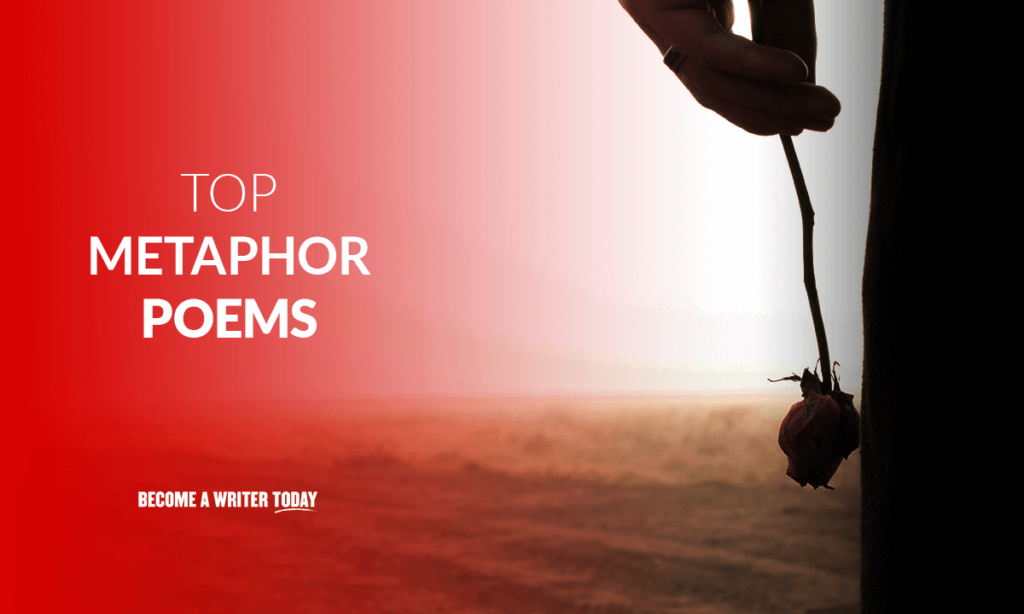love poems that metaphors in them
5 min read
love poems that metaphors in them
Introduction to love poems and symbolism
Love poems have a unique ability to encapsulate the complexities of human emotion. They delve into the depths of passion, longing, and tenderness, often using symbolism to express what words alone cannot convey. Through metaphors and vivid imagery, poets paint emotional landscapes that resonate with readers on multiple levels.
These literary devices allow us to see love not just as an abstract feeling but as a rich tapestry woven with nuanced meanings. Whether it’s likening love to a rose with thorns or comparing heartbreak to stormy weather, each symbol offers layers of understanding that can be both personal and universal. This enchanting use of metaphor creates moments where we find ourselves reflected in another’s experience—moments that linger long after we’ve read the last line.
Let’s explore how these poetic techniques breathe life into our feelings and connect us through shared experiences in some beautiful love poems that incorporate metaphors seamlessly into their verses.
The power of metaphors in conveying emotions
Metaphors hold a remarkable power in the realm of love poetry. They provide depth and nuance, allowing poets to express complex emotions with precision. Instead of merely stating feelings, metaphors paint vivid pictures that resonate deeply within the reader’s heart.
Consider how comparing love to a journey can evoke feelings of adventure and uncertainty. This symbolism transforms ordinary experiences into profound encounters. Readers are invited to explore these layers rather than just skim the surface.
Additionally, metaphors create connections between disparate ideas. When love is likened to a flame or an ocean, it evokes warmth or vastness—emotions we all understand yet struggle to articulate. Each metaphor invites reflection, engaging us on multiple levels.
Through this imaginative language, poets capture fleeting moments and eternal truths alike. The emotional richness afforded by metaphors makes love poems not only relatable but also unforgettable.
Examples of love poems using symbolism effectively
Love poems that use metaphors in them often paint vivid pictures of deep emotions. For instance, Pablo Neruda’s “Sonnet XVII” employs the metaphor of a ship to express longing and commitment. The vessel represents the journey of love, navigating both calm waters and storms.
Rumi’s “The Most Alive Moment Comes,” uses light as a symbol for connection. Here, light embodies understanding and warmth between lovers, illuminating their shared experiences.
Another poignant example is Elizabeth Barrett Browning’s “How Do I Love Thee?” where she likens her love to various abstract elements like depth and breadth. Each metaphor reveals layers of affection that go beyond mere words.
These symbols resonate deeply with readers. They evoke personal interpretations while capturing complex feelings succinctly. Such examples illustrate how rich imagery can transform simple expressions into profound emotional landscapes.
How readers can interpret different symbols in a poem
Interpreting symbols in love poems can be a deeply personal journey. Each reader brings their own experiences, emotions, and perspectives to the text. This makes the process unique for everyone.
When encountering a symbol, take a moment to reflect on what it evokes for you. A rose might symbolize love or passion; however, its meaning may shift depending on your memories associated with it.
Consider the context as well. The setting of the poem can influence how you perceive certain images. An ocean could represent vastness and depth or isolation and longing based on the surrounding lines.
Don’t shy away from ambiguity either. Some symbols are intentionally layered with multiple meanings. Embrace this complexity; it often enriches your understanding and connection to the poem’s emotional landscape.
Engaging with symbols is about dialogue—between you and the poet’s voice—and that conversation can unveil profound insights into both love itself and your feelings toward it.
The role of imagery and figurative language in love poetry
Imagery and figurative language are the lifeblood of love poetry. They create vivid pictures in the reader’s mind, making emotions tangible.
When poets use rich imagery, they transport us to lush gardens or starlit skies. Each scene evokes feelings that mere words cannot capture alone.
Figurative language offers layers of meaning. A heart might not just symbolize love; it can also represent vulnerability or longing. This complexity deepens our connection to the poem.
Similes and metaphors draw comparisons that resonate deeply with our experiences. Saying someone’s love is “like a rose” conveys beauty but hints at fragility too.
Through these devices, poets invite readers into an intimate world where every word pulses with emotion and depth. The magic lies in how each line resonates differently with each person, making every reading a unique journey through love’s landscape.
The impact of symbolism on the reader’s emotional response
Symbolism breathes life into love poems, transforming mere words into profound experiences. When a poet employs symbols, they invite readers to explore deeper meanings behind everyday objects and ideas.
A rose may represent passion or desire, while the ocean might echo the vastness of one’s feelings. These layered meanings resonate emotionally with readers, allowing them to relate their own experiences to the imagery presented.
This connection can evoke nostalgia or longing. It stirs emotions that linger long after reading. Symbols often serve as mirrors reflecting personal relationships and sentiments.
Additionally, they create a shared language between writer and reader. The nuanced interpretations foster intimacy within the poem’s narrative. This emotional bond makes each reading unique based on individual perspectives and memories.
In essence, symbolism enriches love poetry by weaving complex feelings into seemingly simple lines—a captivating dance that enchants every heart touched by its magic.
Conclusion: The enduring magic of metaphorical love poems
The beauty of love poems that use metaphors lies in their ability to resonate deeply with our emotions. They transport us into a world where feelings are painted through vivid imagery and symbols, evoking personal experiences and memories. Each metaphor serves as a bridge connecting the poet’s heart to the reader’s soul.
As we explore various works, we discover how these symbols can capture fleeting moments or profound truths about love. Whether it’s expressing longing through the image of a distant star or using nature’s elements to convey passion, each symbol carries weight.
Readers often find their own meanings within these lines. The interpretation varies from person to person, allowing for unique connections between different hearts. This is the magic of poetry—it invites you in and encourages you to see your own story reflected back at you.
Love poems infused with metaphorical symbolism will continue to captivate readers across generations. Their enduring power lies not just in words but in the shared human experience they encapsulate—a testament to love’s complexity and beauty that remains timeless.




